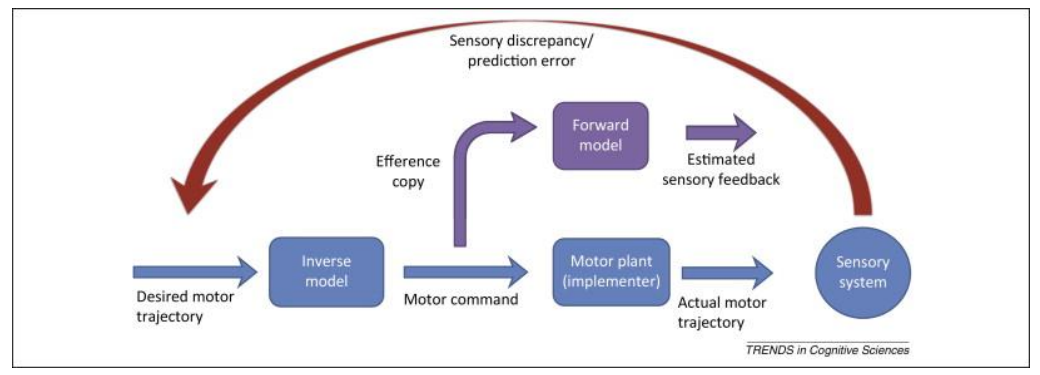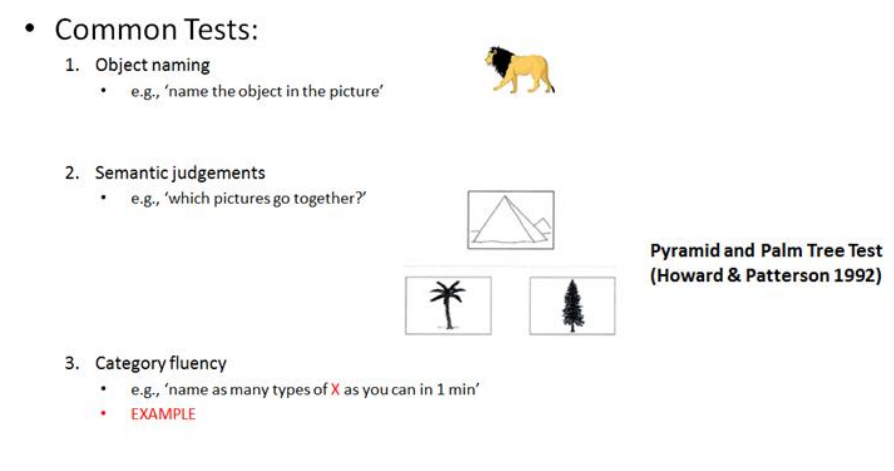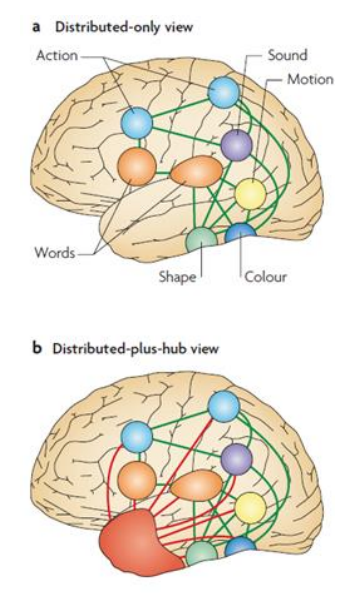Memory
1/20
There's no tags or description
Looks like no tags are added yet.
Name | Mastery | Learn | Test | Matching | Spaced |
|---|
No study sessions yet.
21 Terms
taxonomy of memory
Conscious
explicit
declarative
long term, short term
episodic, semantic
Unconscious
Conditioning
Procedural
Non declarative, implicit
Anterograde amnesia: the hippocampus
HM (Scoville and Milner 1957) ■ Bilateral removal of the medial temporal lobes (including the hippocampus) ■ Unable to form new episodic memories ● Hippocampus: encoding/consolidation ■ 1953: Retrieval of old memories appeared to be relatively spared ● Neocortex: store for ‘old’ memories? ● Read Squire (2010) for a great summary of this issue, and historic importance of HM.
What is special about the hippocampus?
Connectivity to the rest of the cortex • Hippocampal replay • Sparse coding • Pattern separation and pattern completion (auto association network in CA3) • Role in spatial coding: space as a ‘context’ to scaffold memoriesand its critical role in memory consolidation, particularly in forming new episodic memories.
Connectivity to the rest of the cortex
hippocampal reply in rats
Place Cells (Nobel prize 2014) • Discovered by John O’Keefe at UCL (O'Keefe, 1976; O'Keefe and Conway, 1978) • Nobel Prize 2014
Wilson and McNaughton (1994): ■ Reactivation of Place Cells during sleep in rats ■ Especially during Slow Wave Sleep
hippocampal reply humans
Peigneux et al. (2004) found that areas active during a spatial navigation task were also active during Slow Wave Sleep using PET. ■ There was also a correlation between the amount of reactivation in the Hippocampus during sleep, and the improvement in memory performance the next day.
Rasch et al. (2007) ■ Only for declarative (not procedural memory) ■ Only effective during SWS, not REM or wakefulness

What is hippocampal replay doing?
Synapse level consolidation ■ Long Term Potentiation / Hebbian Learning -> “Neurons that fire together wire together” ● More about this in the plasticity lecture ■ Episodic memories are by definition one off events, perhaps reactivation reinforces the Hebbian learning of co-active neurons ● System level consolidation ■ Report of HM suggested longer term memories were not ‘stored’ in the hippocampus ■ Suggests that ‘consolidation’ may involve the ‘transfer’ of memories from the hippocampus to other parts of the neocortex over time ■ Evidence that Hippocampal replay co-occurs with ‘replay’ in other areas of the cortex (Ji & Wilson, 2007) ● Driven by the cortex or the hippocampus?
Sparse coding
Firing of single cells in response to very specific stimuli. • Place cells in rodents (O’Keefe) • ‘View cells’ in primates (Rolls) • ‘Concept cells’ in humans (Quiroga)
Allows for more memories to be encoded. • Allows for distinct memories (pattern separation). • Activation of smaller number of neurons may be less errorful. • Activation of a complete memory possible via activation of part of the neurons involved in coding (auto-association). • See Dueker et al. (2014) for a review
Auto-association network in CA3
Chadwick, Bonnici and Maguire (2014) • 15 participants, memory recall task.
Auto-association network in CA3
1. representational similarity in CA3 correlates with subjective confusability of memories 2. participants with larger CA3’s are less likely to report confusion between similar memories
Procedural
Milner (1962)
This kind of ‘procedural memory’ does not reflect ‘one’ system. But it may reflect a common computational process:

This ‘error-based’ learning seems to be important in a number of tasks: Wolpert
“Error-based learning is the driving force behind many well-studied adaptation paradigms, including prism adaptation, saccade adaptation, reaching in force fields, visuomotor adaptation and grip force adaptation” - Wolpert, et al. (2011)
“Although substantial progress has been made in computational sensorimotor control, the field has been less successful in linking computational models to neurobiological models of control. For example, despite the plethora of experimental studies and extensive computational modelling, the fundamental computations performed by — for example — the motor cortex or the cerebellum remain elusive”. - -Wolpert, et al. (2011)
Prism adaptation (Gaveau et al., 2014)
We have to ‘act’ to relearn. Acting produces errors, and errors might be the essential ingredient for updating our models of how to act.

Do we have evidence for an error signal?
Tickling & Schizophrenia
Optimal solution for a system that changes.
“the relationship between a motor command and the movement it produces is variable, as the body and the environment can both change.”
In many ways ‘predictive coding’ has parallels with the constructivist schema development envisioned by Piaget.
Semantic memory

Semantic vs episodic memory
HM seems to have been impaired in learning either - but his lesion included more than just the hippocampus. Vargha-Khadem et al. (1997) • bilateral hippocampal damage early in life • profound deficit in episodic memory formation • surprisingly spared semantic memory formation
Semantic memory: localized or distributed?
Localised –single region encoding amodal representations (e.g., temporal pole) • Distributed –sensory regions code for individual aspects of an object (e.g., premotor for ‘tool use’) •Reconciled? –‘Distributed-plus-hub’ (Patterson et al., 2007) –Sensory specific regions + amodal ‘hub’ in temporal pole
Patterson et al., 2007

Neuropsychology of semantic memory
Mummery et al.’s (2000) study on six people with semantic dementia (semantic variant primary progressive aphasia). • Voxel Based Morphometry (VBM) reveals semantic memory impairments are correlated with anterior temporal lobe atrophy. • Episodic memory (and hippocampus) relatively spared
Rather than looking at the ‘average’ lesion, they correlate individual differences in cortical atrophy with behavioural performance (Voxel Based Morphometry, VBM) Figure shows significant reduction in gray matter density relative to a group of healthy age matched controls. The degree of semantic memory impairment across the 6 cases correlated significantly with the extent of atrophy of the left anterior temporal lobe
Summary
Episodic Memory – Hippocampus • Sparse coding • Pattern separation and pattern completion (auto association network in CA3) • Role in spatial coding. Space as a ‘context’ to scaffold memories. • Connectivity to the rest of the cortex • Hippocampal replay • Procedural Memory – Common computation: ‘error based learning’ – Hubs in the cerebellum, motor cortex • Semantic Memory – Distributed plus hub in anterior temporal lobe